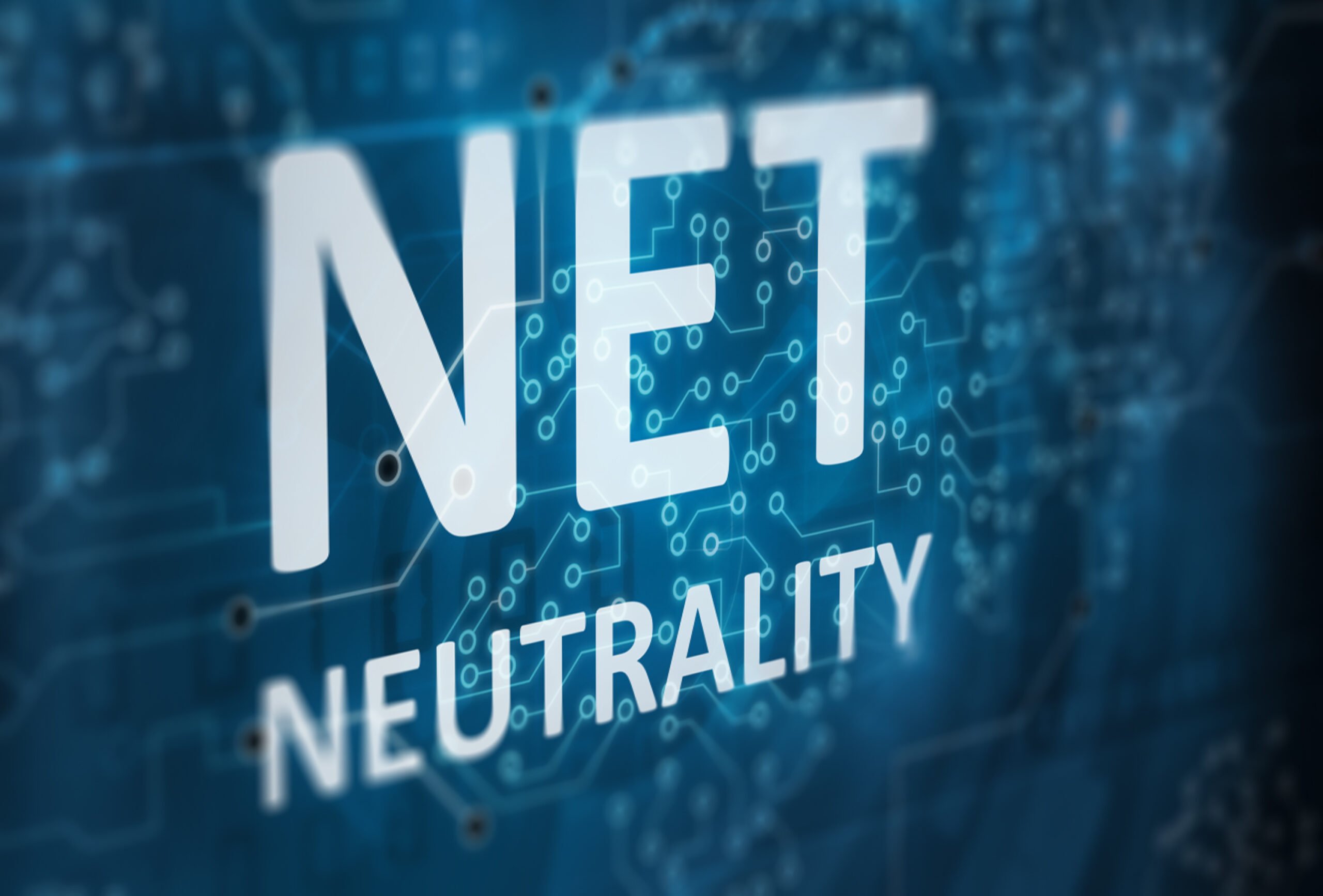Fiber internet is revolutionizing how we connect online. Thanks to its ultra-fast speeds and rock-solid reliability, it's quickly becoming the top choice for homeowners who want the best internet experience possible. But have you ever wondered what goes on behind the scenes to make fiber internet service a reality in your home?
Understanding the tech that makes it all happen can help you make better-informed decisions, troubleshoot issues, and communicate with your provider more effectively. Read on to learn about fiber equipment essentials so you can get the most out of your internet service.
How Does Fiber Internet Service Work?
Unlike copper-based internet connections, fiber optics use thin strands of plastic or glass to transfer data as pulses of light.
In typical home setups, a fiber optic cable connects the residence to the provider's network. This central line branches off to individual homes, where specialized equipment turns those light signals into something your devices can understand. The end result is a connection so fast and reliable, it'll make your old internet service seem like dial-up.

Why Does Your Home Need Fiber Internet?
Fiber optic internet is a game-changer for how we live, work, and play online. Here's why fiber is quickly becoming a must-have for modern homes:
Lightning-Fast Speeds
We're talking gigabit speeds (that's 1,000 Mbps) or even faster, depending on your internet service provider (ISP) and plan. Downloads that used to take hours are done in seconds with fiber. Imagine downloading a 4K movie in just minutes or transferring large work files in the blink of an eye. With a fiber connection, you can say goodbye to frustrating loading screens and hello to instant gratification.
Stronger Security
Fiber cables are extremely difficult to tap or intercept without being detected, which means better protection for your personal data and online activities. Whether you're shopping online, managing your finances, or just browsing social media, your digital life is more secure with a fiber internet connection.
Whole-Home Reliability
Fiber's high bandwidth means your whole household can be online at the same time without slowdowns. Stream 4K content in the living room, join a video conference in the home office, and let the kids game online – all at the same time, without a hitch. Plus, fiber internet is less susceptible to interference from electrical equipment or weather conditions, so your connection stays strong, rain or shine.
Symmetrical Speeds
While traditional internet offers slower upload speeds, fiber service offers the same fast speeds for both uploads and downloads. This symmetry is particularly important for remote work and learning, such as sharing your screen during a presentation, collaborating on files in real time, or submitting assignments.
Future-Proof Technology
As our appetite for faster internet and bigger data keeps growing, fiber optic networks are ready to keep up. They're built to handle today's and tomorrow's internet needs, so you won't need to upgrade anytime soon.
Types of Fiber Optic Cables and Connectors
To fully understand how your fiber internet service works, it's helpful to know about the different types of cables and connectors that make up the network. While you won't need to choose these yourself, having a basic understanding can help you appreciate the technology behind your fiber connection.
Single-Mode Fiber
Single-mode fiber cables have a small core that allows one mode of light to travel in a straight line. This design lets the signal travel long distances with minimal loss, making single-mode fiber great for long-haul, high-speed data transmission.
Single-mode fiber's ability to transmit data over long distances makes it the backbone of internet infrastructure. It's what allows for intercontinental communication and powers the global internet. While you might not have this cable type directly in your home, it's likely part of the fiber infrastructure that brings high-speed internet to your neighborhood.
Multimode Fiber
Multimode fiber cables have a larger core that lets multiple modes of light travel through the fiber at once. While this design limits the distance the signal can travel compared to single-mode fiber, it's less expensive.
Multimode fiber comes in different types, which are classified by their bandwidth capabilities. The most common are OM3 and OM4, which support high-speed data transmission over shorter distances. These core fiber lines might be used within your home or for connecting nearby buildings in a business setting.

Armored Cable
Armored fiber cables feature an extra layer of protection, typically made of metal or strong synthetic materials. This extra armor shields the delicate glass fibers from physical damage, making it perfect for outdoor use or areas where the cable might get stepped on or chewed by curious critters.
Simplex and Duplex Cables
Simplex fiber cables contain a single strand of fiber, so data can only flow in one direction. Duplex cables have two strands of fiber for simultaneous bidirectional data transmission.
While simplex cables are less common in home setups, they can be used in specific applications like some types of fiber-to-the-home (FTTH) installations or in certain security camera setups. Duplex cables, on the other hand, are essential for most fiber networks.
Fiber Connectors
Fiber connectors join fiber cables and connect them to network equipment. Some common types of connectors include SC (Subscriber Connector), LC (Lucent Connector), and MPO (Multi-fiber Push-On). Each has its own advantages and is suited for different applications. For example, LC connectors are popular in high-density applications due to their small size, while SC connectors are known for their durability and ease of use.
Must-Have Fiber Internet Equipment For Your Home
The equipment needed for fiber internet can be complicated, but don't worry – you won't need a degree in engineering to get connected. Your internet service provider will supply and install all the necessary gear, but understanding what each component does can help you make the most of your fiber connection and even troubleshoot minor issues if they pop up.
Fiber Optic Cable
This is the main line that brings the fiber internet connection into your home. It's usually a thin, flexible cable that your provider will install from their nearest access point to your residence.
Clamshell
A clamshell is a protective housing that covers the point where the outdoor fiber optic cables connect to the indoor cables. It keeps everything safe from wind, rain, and whatever else Mother Nature might throw at it. Protecting the junction point from environmental factors helps prevent signal degradation and ensures the longevity of your fiber internet service.
Optical Network Terminal (ONT)
The ONT converts the light signals from your fiber optic cable into electrical signals that your network devices can use. It's usually a small box installed on the exterior or interior of your home. These devices often include multiple Ethernet ports for wired connections, a port for telephone service (if you're using fiber for the phone as well), and sometimes even a built-in Wi-Fi router.
Residential Gateway
Often referred to as a fiber-ready router, the residential gateway directs data throughout your home and creates your Wi-Fi network. Some setups combine this with the ONT, while others keep them separate.

Does Fiber Internet Need a Modem?
No, fiber internet doesn’t require a traditional modem. Instead, it uses an Optical Network Terminal (ONT), which serves a similar purpose. The ONT converts the light signals from the fiber optic cable into electrical signals your devices can use. Your internet service provider, like Fatbeam, will install the ONT and ensure it’s properly connected to your router for seamless performance.
Can You Use Your Own Router With Fiber Internet?
Yes, you can usually use your own router with fiber internet, but there are a few things to consider:
- Compatibility: Your router must support gigabit speeds or higher to fully utilize fiber’s capabilities. Some ISPs may have specific requirements, so check with them before purchasing a new router.
- Connection Type: Fiber internet does not use a traditional modem. Instead, the ONT (Optical Network Terminal) handles signal conversion. Your router must be able to connect directly to the ONT via Ethernet.
- Provider Restrictions: Some ISPs require you to use their provided router for network management or troubleshooting. If you prefer your own router, you may need to configure it manually.
If you choose to use your own router, look for one that supports Wi-Fi 6 (802.11ax) or Wi-Fi 6E for the best performance and future-proofing.
Do You Need A Fiber Optic Switch For Your Network?
A fiber optic switch is not required for most home users but can be beneficial in certain situations:
- Business Networks: If you need multiple high-speed fiber connections for offices, servers, or workstations, a fiber switch allows you to distribute bandwidth efficiently.
- Enterprise or Data Centers: Large networks with heavy data traffic often use fiber switches for high-speed internal networking.
- Advanced Home Setups: Some high-tech home networks may use fiber switches to connect multiple devices (like smart home hubs or security systems) directly to the fiber infrastructure.
For a standard home setup, your ONT and router provide all necessary connections. A fiber optic switch is only useful if you require multiple direct fiber connections within your network.
Power Requirements For Fiber Optic Equipment
Fiber optic equipment, including ONTs and routers, requires a stable power source to function properly. Here’s what you should know:
- ONT Power Supply: The Optical Network Terminal (ONT) needs to be plugged into a power outlet. If it loses power, your internet connection will be disrupted.
- Battery Backup Options: Some ISPs provide a backup battery for the ONT, allowing it to stay online during power outages for a limited time (usually a few hours). This is particularly useful in areas with frequent blackouts.
- Router Power Needs: Like the ONT, your router also requires continuous power. If you experience power fluctuations, consider using a UPS (Uninterruptible Power Supply) to prevent sudden shutdowns.
- Energy Efficiency: Fiber internet equipment generally consumes less power compared to traditional broadband modems, making it an energy-efficient choice.
If maintaining uptime during power failures is important to you, investing in a UPS system can help keep your internet running when the power goes out.
Troubleshooting Common Installation Issues
While your ISP's technicians will be highly skilled at installing fiber, things don't always go as planned. Here are a few hiccups that might pop up during the installation process:
Damaged Cables
Cables can get nicked or bent during installation. If your internet seems slow or you keep losing connection, this could be why. If you suspect cable damage, contact your provider for inspection and repair.
Dirty Connectors
Fiber optic connectors need to be clean for optimal performance since even tiny dust particles can cause signal loss. If you're experiencing connectivity issues, your service provider might need to break out the cleaning tools.
Faulty Fusion Splices
When fiber cables are joined together, it needs to be done just right. If not, it's like trying to have a conversation through a wall – the signal gets muffled. Your provider has special tools to check and fix these connections.
Scattered Signals
If the end of a fiber cable is rough or unpolished, it can scatter the light signals, leading to slower speeds or dropped connections. A quick re-termination by your ISP can usually sort this out.
Splicing Loss
Every time fiber cables are joined, there's a tiny bit of signal loss. While some loss is normal, too much can impact your internet's performance. Your provider can test for this and optimize the splices if required.
Fiber Equipment: Your Gateway To Lightning-Fast Internet
Understanding the equipment that makes fiber internet work isn't just about impressing your tech-savvy friends (although that's a nice bonus). It's about knowing how to get the most out of your internet service and troubleshooting like a pro if any issues pop up. From the cables that carry data to your doorstep to the ONT and router that distribute that connection throughout your home, each component plays a vital role in delivering the fast speed and reliability fiber is famous for.
When it comes to bringing residential fiber internet to your home, Fatbeam Fiber is your go-to expert. We make getting connected easy and affordable with no-contract pricing, unlimited data, and free professional installation. Plus, our local tech support teams are ready to lend a hand if you need it, so you can rest easy knowing your home is always connected to the internet.
Check if Fatbeam's Fiber is available in your area today, and get ready to experience the internet the way it should be – fast, reliable, and stress-free.


